Making A Rediscovery
Two longtime Park Avenue institutions are finding their way forward together.
From the spring 2023 issue of the Sacred Heart University Magazine
by Elizabeth Koscinski
Like neighbors who moved to the same street just a year apart, Sacred Heart University and the Discovery Science Museum watched each other with fondness and appreciation through the years. They watched their houses change and their families grow. They watched their kids become adults, sometimes heading out into the world, sometimes returning to assume the mantle of inspiring and teaching the next generation. Oftentimes, the same kid would end up calling both places home.
Sophia Santos is one of those kids. The Trumbull, CT, native made countless field trips to the Discovery Museum (as it was then named) with her schoolmates, taking part in all sorts of experiments and exhibitions over the years—including one of the most popular and enduring exhibits the museum has ever run, an immersive mock space station and mission control simulation experience called Challenger Learning Center.
Then, as an undergraduate earning her degree and qualifications in secondary education from Sacred Heart, Santos jumped at the opportunity to do her clinical field experience hours at the center. After her clinical hours were over, Santos began working part time at Discovery. Even now, as a student teacher in a nearby middle school working toward her master’s in education and English teaching certification, she continues teaching at Discovery.
“I’ve done it all, from birthday parties to front desk,” she says. She’s even run the Challenger Mission for the fifth-grade class she now teaches—the very class in which she experienced the exhibit herself as a child. “Life came full circle that day.”
There’s a lot that’s come full circle in the last 60 years.
The Museum of Art, Science and Industry (as Discovery was initially known) opened its doors to the public in 1962. Much like Sacred Heart, a fledgling commuter school that welcomed its first students in 1963 and pulled most of them from the immediate area, the bulk of the museum’s visitors were locals from Fairfield, Bridgeport and other surrounding towns.
In the 1990s, the University began adding residence halls and recruiting students from out of state. At the same time, with a shift toward hands-on science exploration and a name change, the newly rebranded Discovery Science Museum developed into a regional destination.
Finally, in 2021, an official partnership was struck between the two institutions to unify their visions and benefit from one another’s strengths. And while the new name is Sacred Heart University’s Discovery Science Center & Planetarium, the focus remains consistent with the original intent. Thus, the symbiotic nature of art and science is experienced throughout Discovery, while the implementation of that mission is helped to fruition through support from SHU’s Isabelle Farrington College of Education & Human Development (FCEHD).
“We are a regional leader in STEAM (science, technology, engineering, arts and math) and computer science education,” says Michael Alfano, dean of FCEHD and vice provost for strategic partnerships, who also chairs the board at Discovery.
“This ties in naturally with the mission of Discovery.”
Full STEAM Ahead
With the Common Core State Standards and the Next Generation Science Standards (NGSS) being implemented in classrooms, “not everyone has the ability to redesign their labs to put these into practice,” says Erika Eng, executive director of SHU’s Discovery Science Center. “While all the theoretical materials are available, the hands-on experience makes the theoretical tangible and concrete.”
It's an idea validated by practice. “My favorite part of working with kids at Discovery is giving them a different window into science that’s so hands-on,” says Santos.
The immersive experience allows students to put the abstract theories they’ve learned into motion. “The experience lets kids own not only the outcome, but the process to achieve that outcome,” says Eng. “The new education spectrum is different than it was before. We can’t stick with the old ways. There’s so much new technology; we need to give the kids the tools and then get out of their way. If they fail, they iterate until they achieve a new outcome and succeed.
“It’s a paradigm shift in pedagogy across the board,” she admits, but easily points to its success. “We’ve taught the basic principles of rocketry to kindergarteners.”
The Learning Is in the Doing … for Both Students and Teachers
Undergraduate and graduate students at SHU who are aspiring educators gain community-based education experience through time at Discovery. They amass clinical hours assisting with the educational programs Discovery offers—helping orchestrate hands-on science experiences for field trips as well as assisting in after-school programming.
“For pre-service educators to have access to the populations that we serve helps build a structural foundation for them,” says Eng. Discovery serves students of all ages from all economic backgrounds. It’s experiential learning at every level, from the students who are the teachers to the students who are being taught.
Indeed, beyond its new name, the collaboration between the University and the center is evident from the moment you open the doors. Members of each College within the University, from the College of Arts & Sciences to the Dr. Susan L. Davis, R.N., & Richard J. Henley College of Nursing (DHCON), from students to deans, have contributed content to Discovery. “One of my goals is to get as many people as possible in the SHU community involved,” says Alfano. “It adds to Discovery’s goals, but also gives our students a great sense of community and aligns perfectly with our mission of community service.”
To that end, undergraduate students in the Jack Welch College of Business & Technology (WCBT) intern in the center’s finance department, while Discovery will be working with SHU’s School of Computer Science & Engineering to open Discovery’s maker space and continue to grow its community science department.
One of Santos’ favorite exhibits is the Science in Motion experience. “It has SHU gear all over it. Teaching kids physics through sports and having them make the connection with the teams that are right down the street is something to watch.”
SHU’s nursing and health science students actively contribute to the hands-on exhibits, one of the most popular of which is the Teddy Bear Triage, where younger children apply bandages and other wound care to donated teddy bears. SHU’s nursing students contributed the information on display describing how to splint a finger, how to wrap a foot, what orthosis is (it’s “a mechanical device applied to the body in order to support the body part, correct anatomical positioning, protect the body part or assist motion to improve body functioning,” so you know) and how they work. SHU’s radiology program donated X-rays on display in the Sensational Senses exhibit.
One of the first exhibit spaces patrons see walking into Discovery is The STEAM Gallery. Working with Katherine Carter Curatorial Services (as used by the New York Hall of Science), Discovery is able to showcase rotating artists’ traveling exhibits. One goal resulting from the partnership with Sacred Heart is to add SHU students’ art to the gallery rotation.
Eyes Up
There are so many ways to teach students about physics; at Discovery they use the stars. The digital planetarium lets visitors fly anywhere in space and time. Elliot Severn, planetarium and technology director at Discovery, is able to go off-script and follow the interests of the audience during his shows.
As well as Discovery’s resident astronomer, Severn is an adjunct physics instructor at SHU who makes class an immersive experience. “We use the planetarium as a classroom. Instead of writing on the board or using PowerPoint, we explore various astronomical datasets on the dome to investigate whatever topics we are learning about,” says Severn. These include things like the stars and constellations, multispectral sky surveys, planetary interiors and terrain models, 3D stellar catalogs, volumetric models of nebulae and galaxies, and cosmology datasets stretching all the way out to the cosmic microwave background. Severn also uses dome visualizations under which students do simple experiments, like measuring parallax and mapping the position of the sun through the seasons and from different geographic locations.
Collaboration Continuation
“The research we put into our grant work and our exhibits can be done in collaboration with a professor in that field of study,” says Eng. “It’s brought a new, elevated quality to what we’re able to produce.”
While Sacred Heart has helped take care of some infrastructure issues and general upkeep to the property, Discovery is financially independent from SHU. “Sacred Heart taking over facilities operations was a salvation,” says Eng. That allows Discovery to allocate its finances into programming, where it is needed most.
“This is a great partnership,” says Eng. “We’re getting more entangled with each other each semester, and it benefits not only Discovery and Sacred Heart, but the whole community.”
“Our sixth-year STEAM program pushes forward ‘what’s possible’ in STEAM education in grades K‒12,” says Darcy Ronan, FCEHD program director for STEAM and computer science education programs. “As our projects develop, our partnership with Discovery will give us an incredible opportunity to share those projects with the wider community.”
“We opened our doors 60 years ago at almost the same time, and both Discovery and SHU will be here for the next."
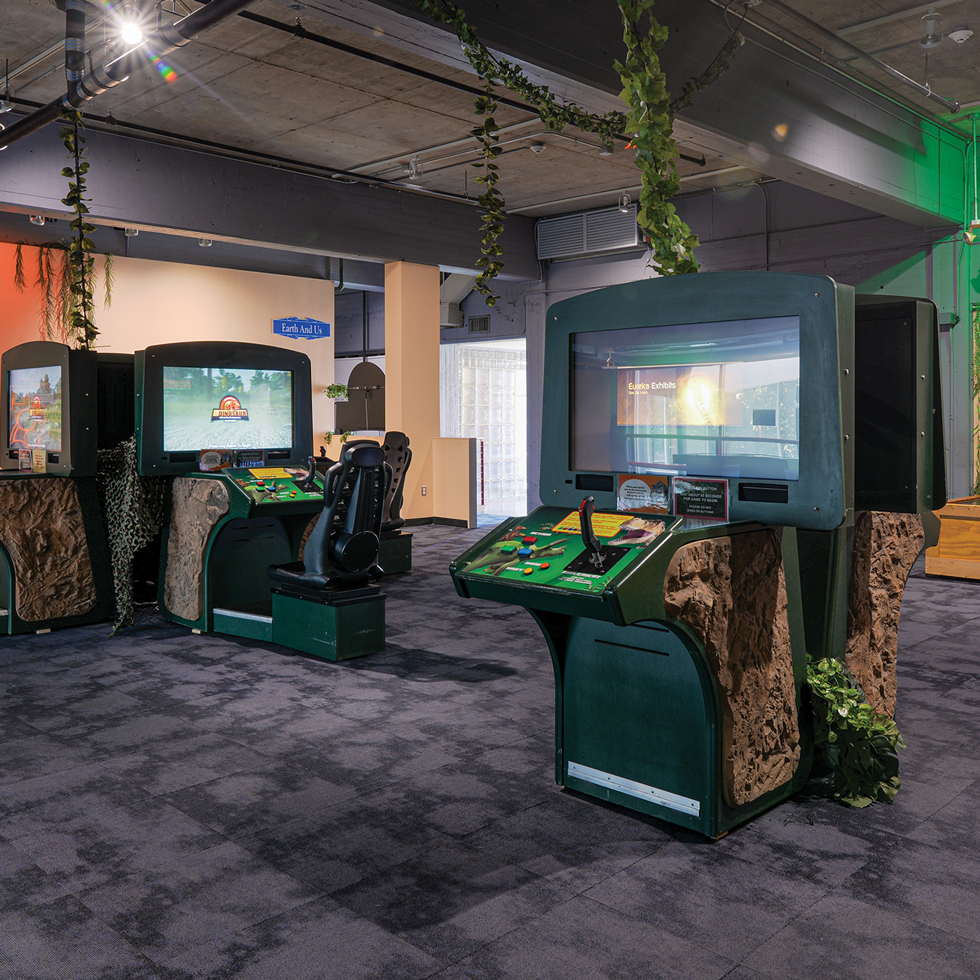
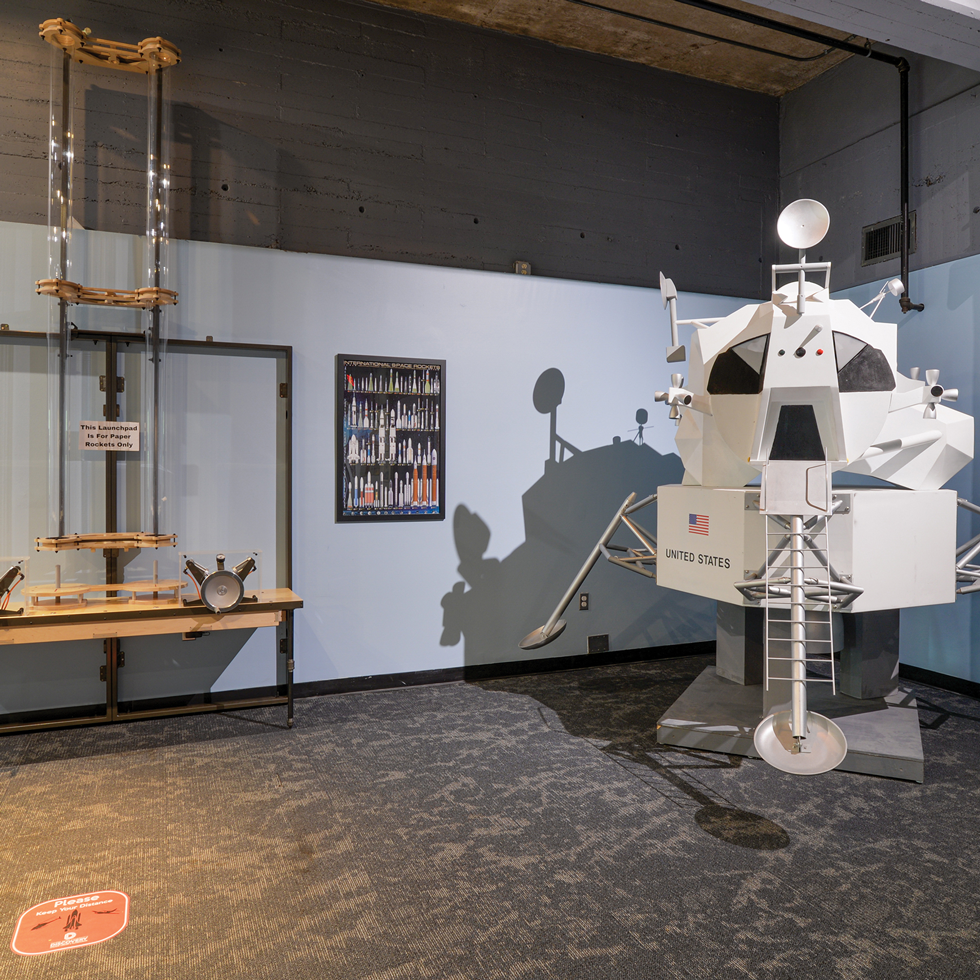
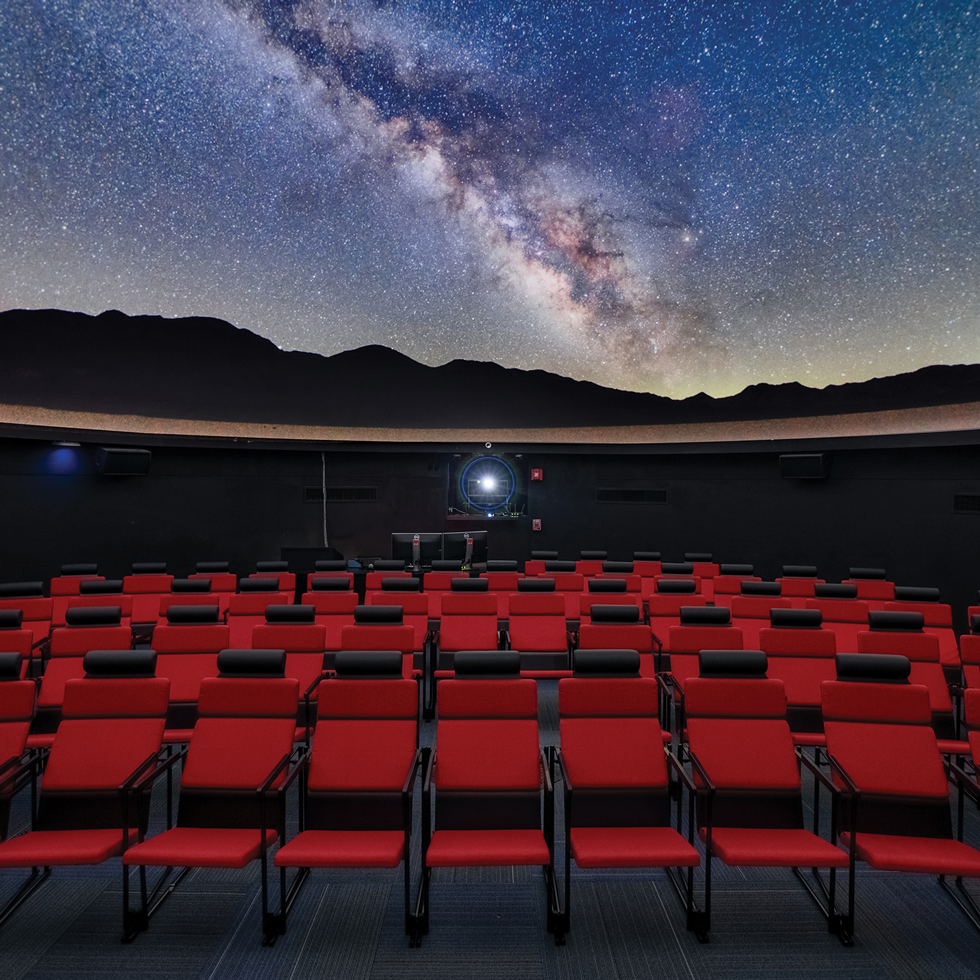
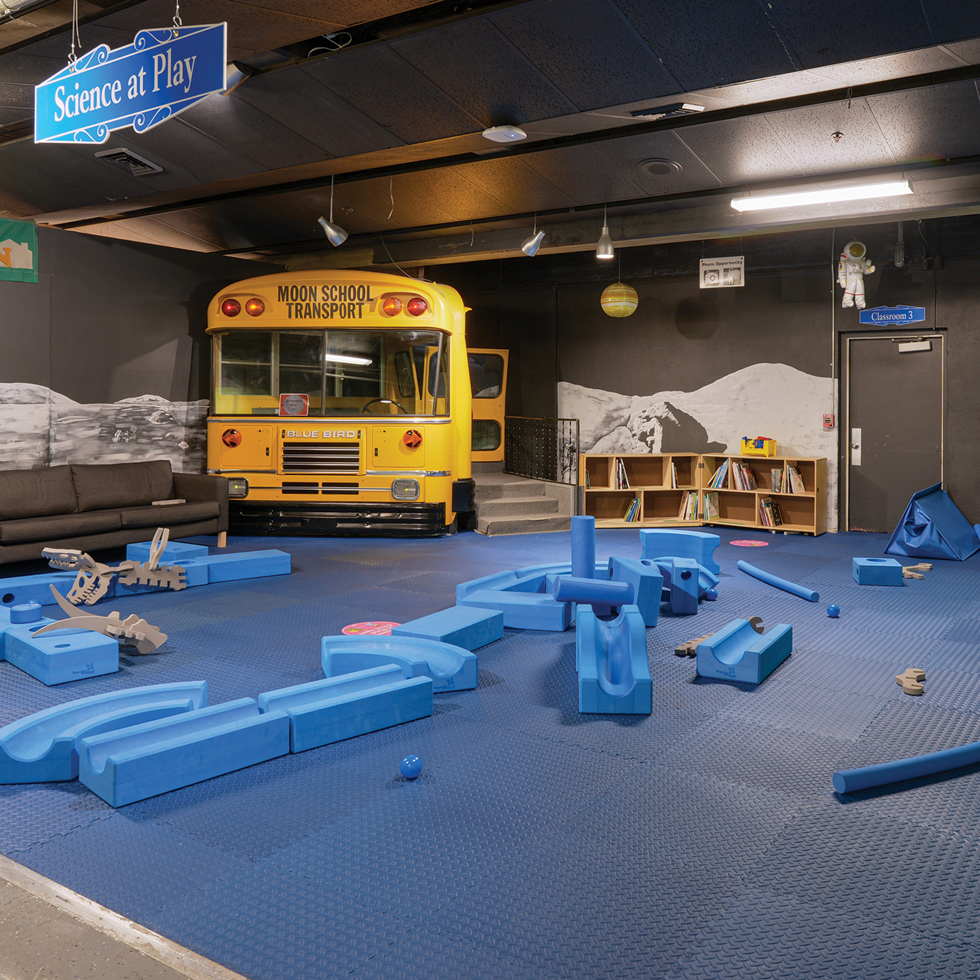
Media Gallery
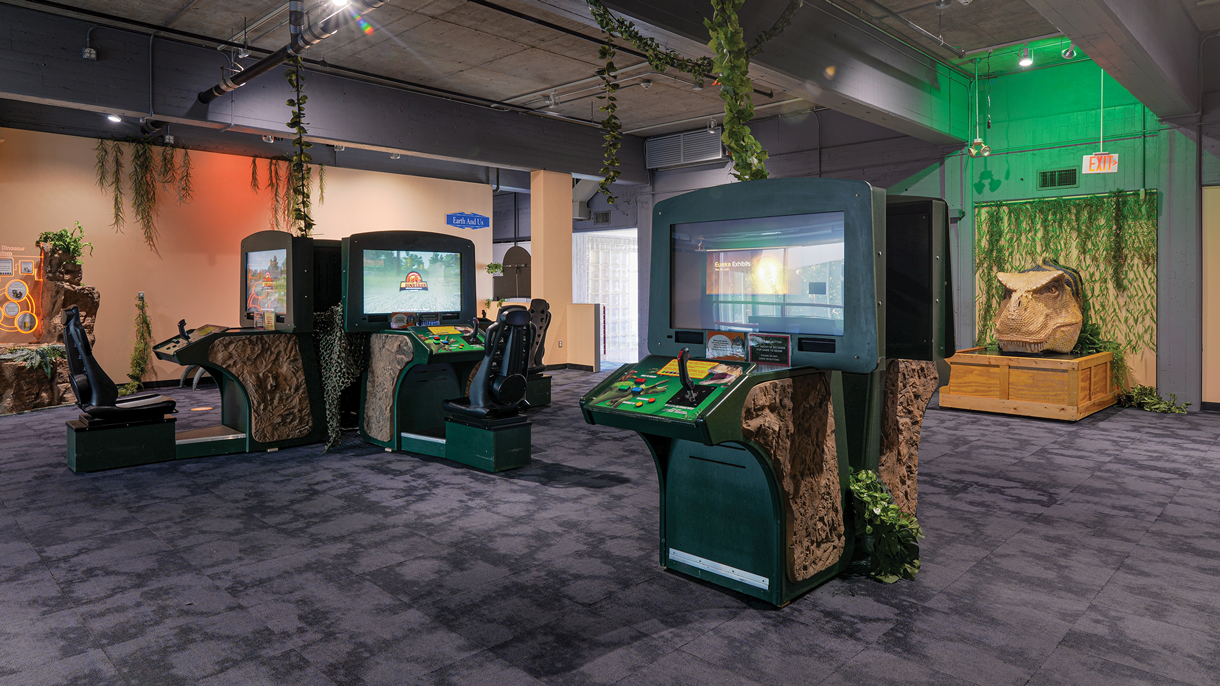
Earth and Us
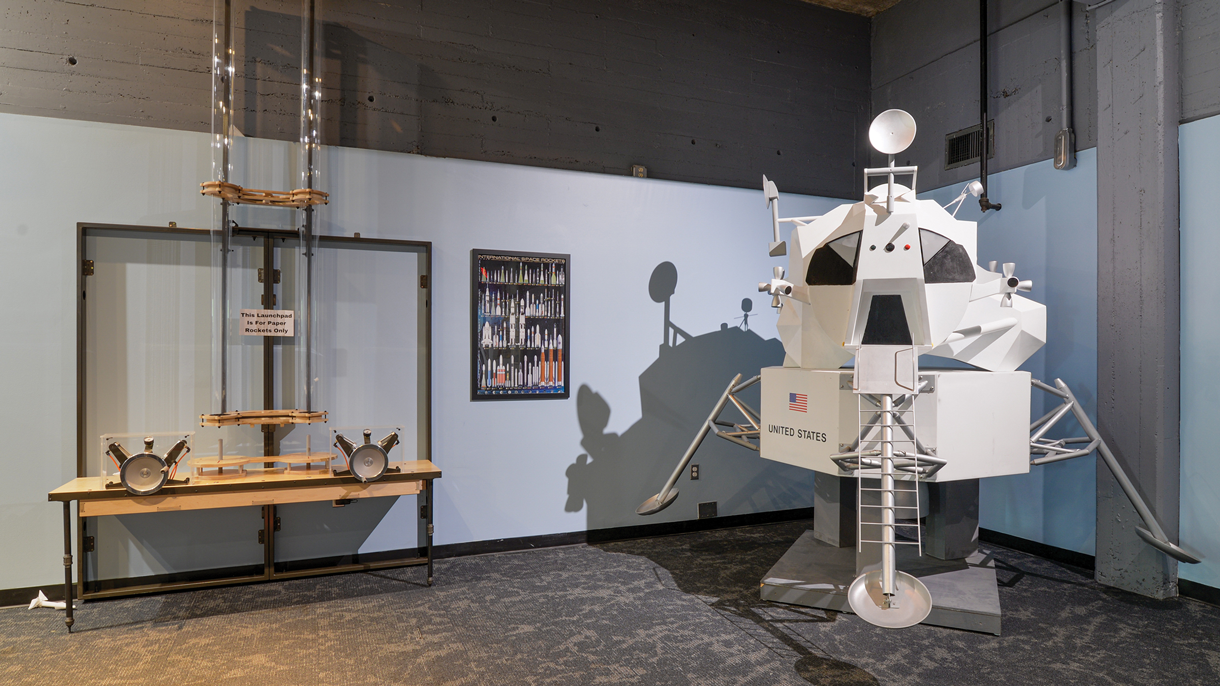
Hall of Space
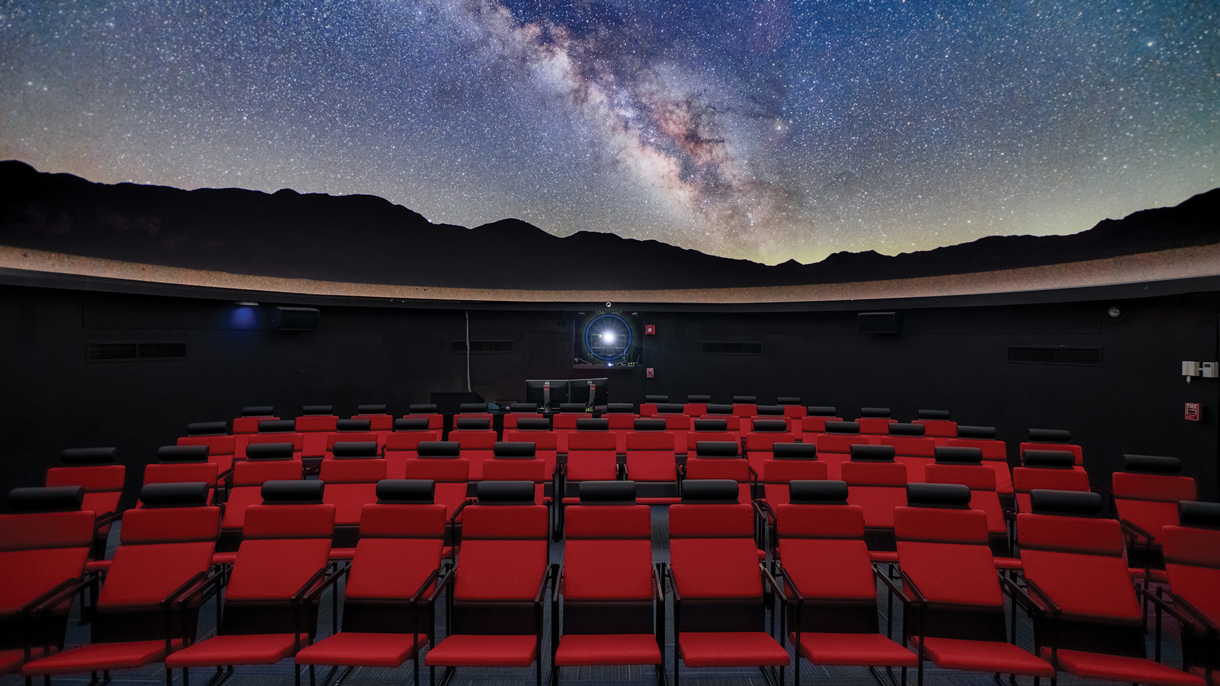
Planetarium
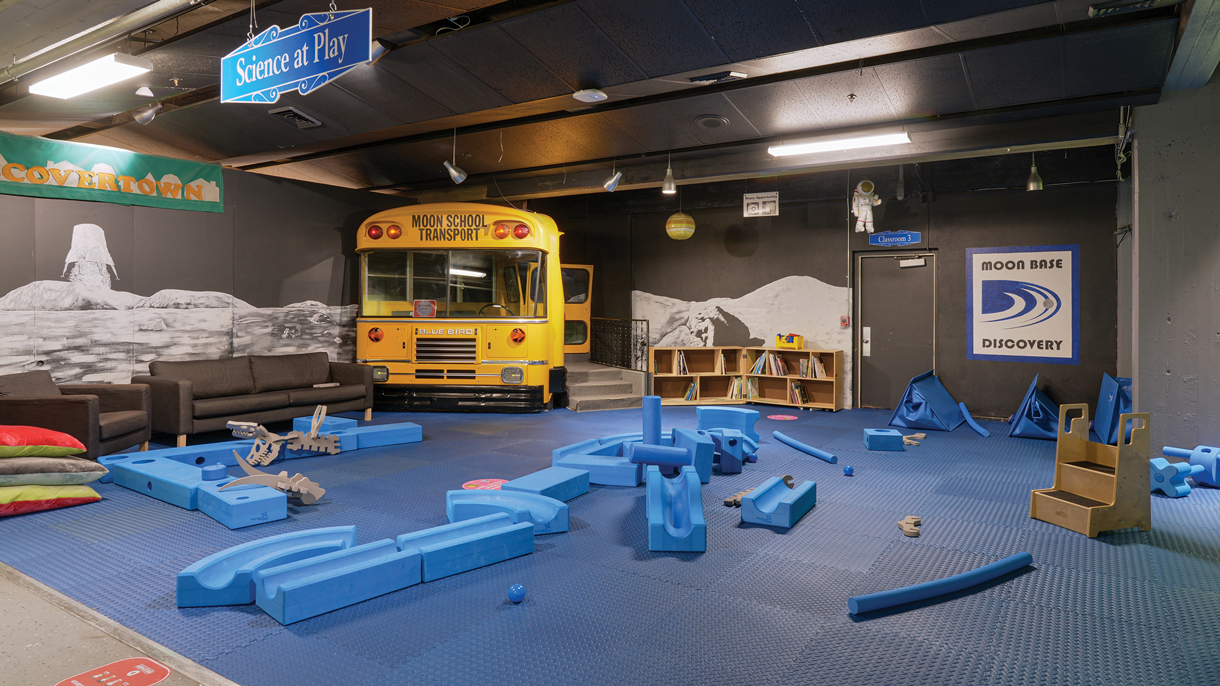
Science At Play
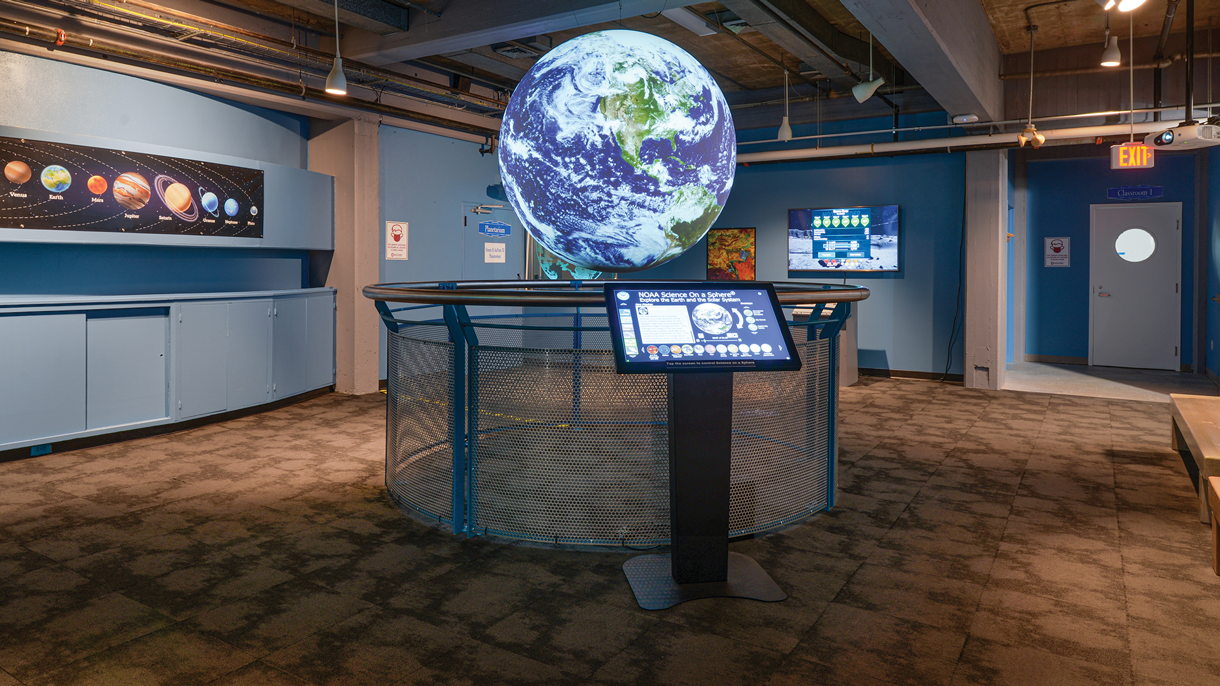
Science On Sphere

Teddy Bear Triage